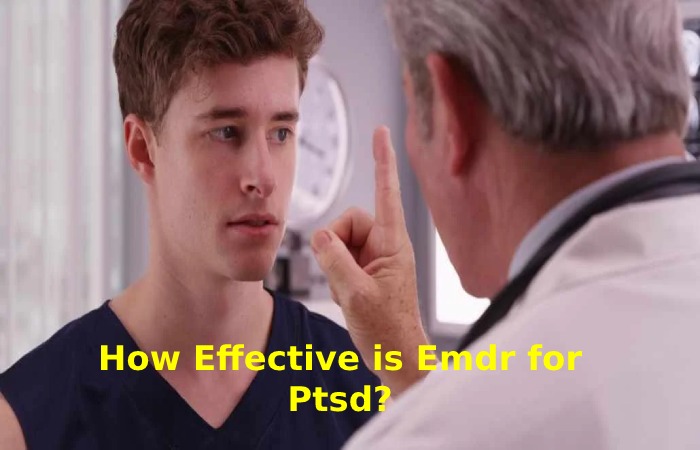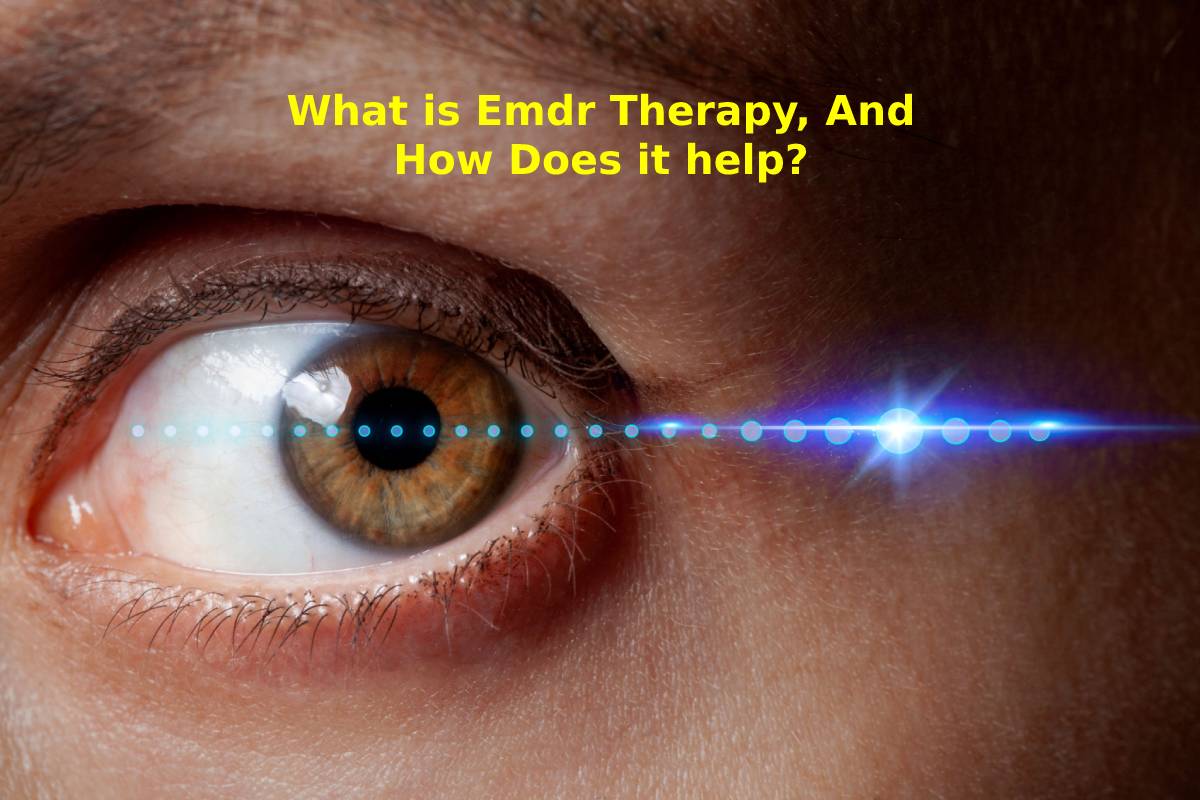Table of Contents
Introduction
EMDR therapy, which stands for Eye Movement Desensitization and Reprocessing, can sound like a strange new experimental technique when you first hear about it—moving your eyes around to process buried trauma? That must be a hoax, right?
Wrong, it turns out. EMDR is far from a hoax; it’s been proven repeatedly to be effective in reducing the symptoms of different mental health disorders, especially PTSD. So, if, like many people in the world, you’ve been curious about trying this innovative therapy technique out for yourself, this guide will help you understand what EMDR therapy is and how it works.
What is Emdr Used for?
The creator of EMDR, Dr. Francine Shapiro1, originally developed it as a therapeutic technique to heal trauma, especially buried trauma. Traumatic experiences live in mind, but they also live in our bodies. “The body never forgets,” they say, meaning that we often store our most traumatic experiences in the physical realm, even when our minds are working hard to repress them.
Dr. Shapiro noticed one day in the 1980s, accidentally and miraculously, the story goes, that moving his eyes from side to side seemed to help him process some of his distressing memories of him. After that, she continued to develop her EMDR theory and practice until it became a comprehensive therapeutic technique.
Today, EMDR is a comprehensive psychotherapy method that includes bilateral eye movements or other types of bilateral stimulation and practices rooted in CBT and mindfulness.
Also Read: What is Rehab? – Everything you need to know
How Effective is Emdr for Ptsd?

Since the 1980s, when Dr. Shapiro first discovered it, much research has been done to prove the effectiveness of EMDR therapy, particularly in patients with PTSD.
The effects of this study tell us that, unbelievable as it may seem at first. EMDR is incredibly effective in reducing the symptoms of PTSD. It’s so effective that many respected organizations have named it one of the evidence-based best practices for treating PTSD (including the American Psychiatric Association2, the Department of Veterans Affairs3, and the World Health Organization4).
A meta-analysis5 has shown that EMDR has been shown in multiple studies to be faster and more effective in reducing post-traumatic symptoms than other trauma treatments. It was also an effective treatment regardless of a person’s culture or ethnicity.
The 8 Phases of EMDR
With EMDR, you generally have one or two weekly sessions for about 6 to 12. Depending on your response to treatment, you may need more or fewer sessions.
EMDR therapy consists of eight phases. This is what you can expect:
Phase 1: Anamnesis
First, you’ll work with your therapist to improve a treatment plan and goals. It could include talking about your history, the emotional triggers and symptoms you are experiencing, and what you hope to achieve with therapy. Your therapist can also determine if you would benefit from therapies or treatments along with EMDR.
Phase 2: Preparation
Your therapist will then guide you from the therapeutic process, explaining how EMDR works and answering your questions.
EMDR therapy often requires multiple sessions to see progress. Your therapist can help you develop coping techniques to help you manage your emotions during and between sessions. It may include stress reduction techniques such as breathing exercises and resource techniques.
Phase 3: Evaluation of Target Memory
The goal of Phase 3 is to recognise and assess the memory that is causing your emotional distress.
Memory-related imagery, cognition, affect, and bodily sensation are assess on diagnostic scales. Your therapist will use this as a beginning point to track your progress in EMDR treatments.
Phase 4-7: Processing (Desensitization, Response, Settling, Closing)
Phase 4 marks the start of the memory desensitization method.
Through your session, you will be ask to recall parts of a distressing memory. Your therapist will ask you to perform specific eye movements as you do this. Once you have finish retrieving the memory or feeling, you may be ask about the thoughts, feelings, and reactions you experienced during the retrieval.
Recording these responses is another way to track the progress of your EMDR therapy. Each session aims to “install” better emotional responses and positive beliefs. Remember that your mental health team always has your best interests in mind during your therapy session. If you are stress, your therapist can help you deal with these feelings and return to the present.
At the end of your period, your therapist will use your responses to determine if the memory has been fully reprocess. If the retreatment is incomplete, you will be given a rejuvenation or stress reduction exercise to ensure you feel well before the session’s end.
You will also review coping strategies you can use to control your emotions and protect yourself until the next session. Not all memories can be treat in one session.
Phase 8: Re-Evaluation
At the end of each therapy session, you and your therapist will assess the effects of the treatments. Which memories were uncover, and which memories to address next time.
After processing all desired memories, your therapist will complete a future model at the end of your therapy package. In this exercise, you will reuse bilateral stimulation as you walk through an imagined future scenario that addresses previous triggering situations.
Also Read: What is Facial Cosmetic Surgery? – Treatment and More
